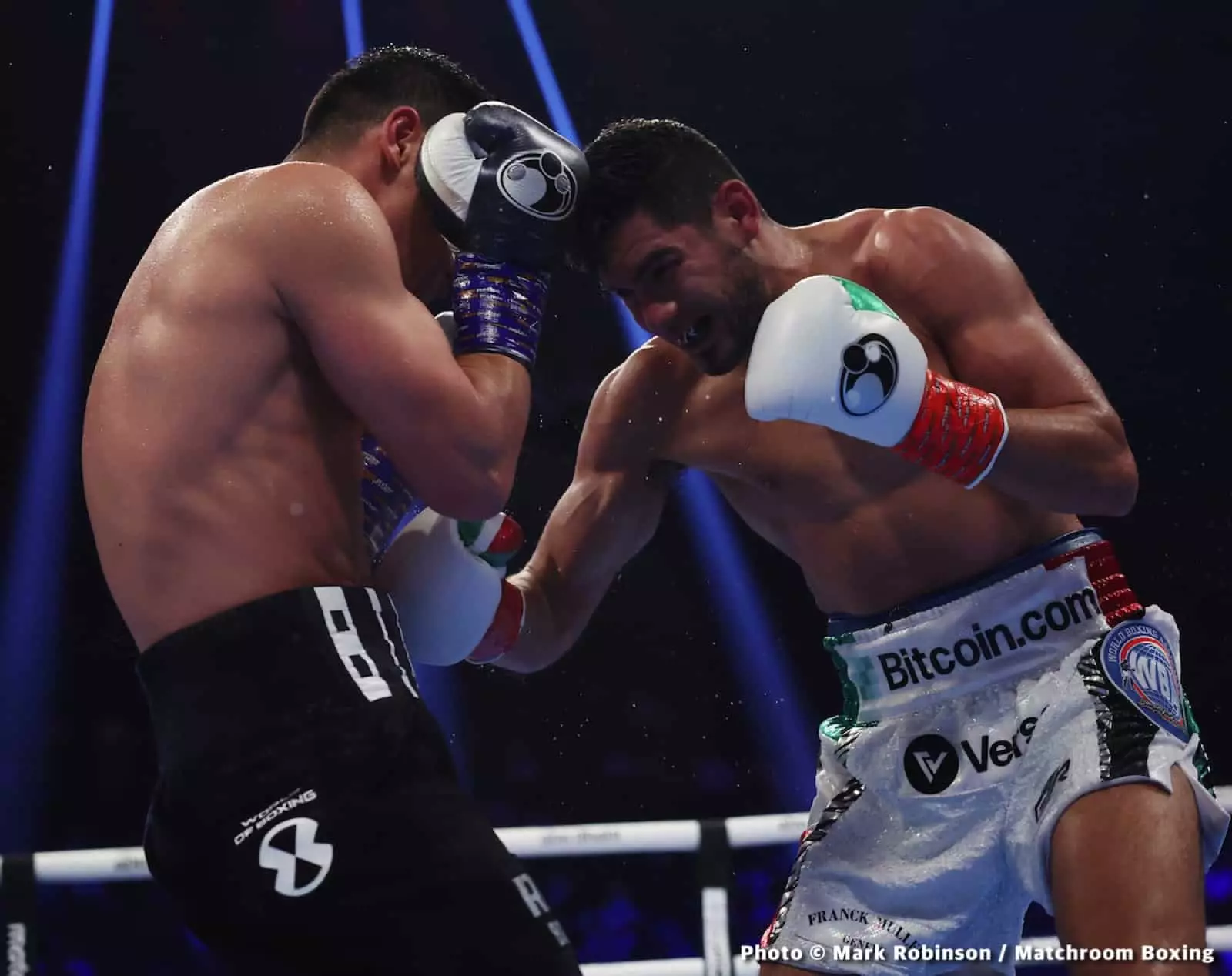Gilberto ‘Zurdo’ Ramirez, the reigning WBA and WBO cruiserweight champion, is under intense scrutiny as he considers a potential unification battle against IBF champion Jai Opetaia. While the idea of such a showdown excites die-hard boxing fans eagerly hoping to witness a clash of titans, the reality is far more complex and perhaps uninspiring for Ramirez’s career trajectory. Opetaia, with a professional record of 27-0 (21 KOs), has relentlessly courted Ramirez, yet his limited recognition outside of Australia presents a lackluster challenge that may not be appealing for Ramirez, who has firmly established himself in the U.S. boxing scene.
The Financial Angle: Dollars Over Dilemmas
From a financial perspective, Ramirez has ample reason to be reticent about this potential match-up. Unlike other high-profile opponents like David Benavidez or Dmitry Bivol, fighting Opetaia lacks compelling monetary incentives given that the cruiserweight division isn’t a particularly lucrative one in the U.S. Ramirez’s success is built on a foundation of high-profile bouts that resonate more deeply with fans, which means any fight against Opetaia may feel like a step backwards. The lure of bigger paydays against more recognized fighters makes the unification bout more of a “when I have to” prospect rather than a priority, underscoring a likely differential in career aspirations and paths.
Breaking Into the American Market
For Jai Opetaia to truly capture the attention of American fans, he must significantly enhance his fight schedule and seek out more competitive opponents. Currently, he is preparing to defend his IBF title against Claudio Squeo, an unknown Italian fighter who adds little in terms of establishing Opetaia’s credibility. Failing to engage with more recognizable names only perpetuates the cycle of obscurity he currently finds himself in. Opetaia’s standing in the sport hinges on his ability to not only win but to win in a fashion that captivates and draws in casual fans—something he has struggled to achieve despite a technically sound skill set.
The Future of Cruiserweight Boxing
While both fighters harbor ambitions of unifying titles, the cruiserweight landscape is rife with complications. With Ramirez firmly at the helm and capable of drawing spectators to his bouts, his choices will ultimately shape the future dynamics within the division. Should he prioritize explosive match-ups against heavy hitters like Beterbiev or Bivol, Ramirez could ensure the growth of his own profile while simultaneously drawing attention to the cruiserweight division. Contrastingly, if he were to engage in a less thrilling unification bout against Opetaia after exhausting more enticing options, the fight risk becoming a mere formality rather than a landmark event.
In a sport that thrives on anticipation and star power, Ramirez’s next moves will either reinforce his status as a premier fighter or diminish his brand’s value. The decisions made now could reverberate throughout the cruiserweight division, highlighting the importance of strategic fight selection for both champions. Ultimately, it’s a delicate balancing act between legacy, financial considerations, and sport’s competitive spirit that will determine the outcomes in this weight class moving forward.


Leave a Reply